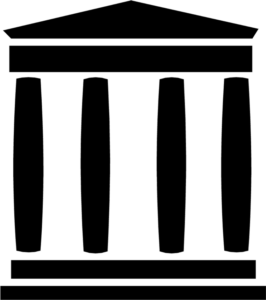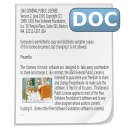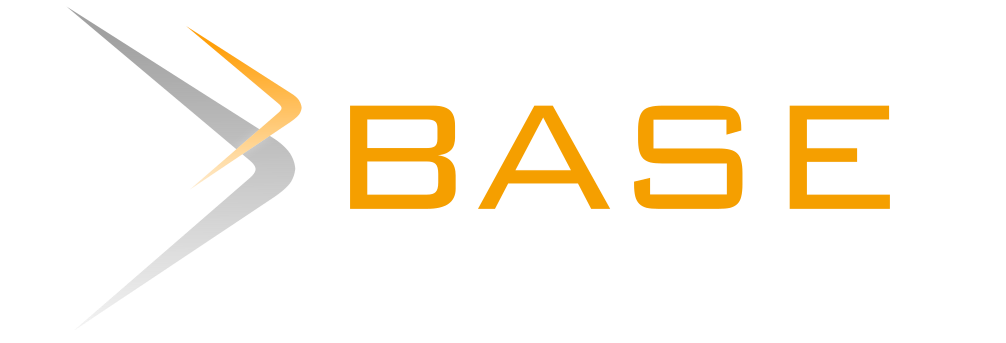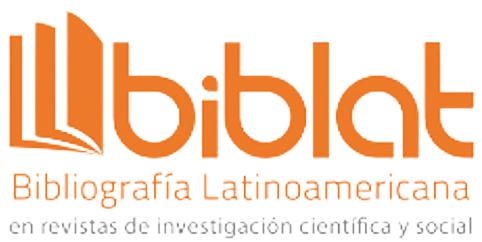YOLOv8-Based Model for Solid Waste Detection
Abstract
The primary focus of this article was to employ Ultralytics technology, specifically YOLOv8, in object recognition. This involved utilizing supervised learning and other machine learning techniques. The article took into consideration the definitions of object detection and model training to effectively categorize solid waste, thereby facilitating recycling efforts. Following this, each object class was manually identified using the LabelImg tagger, considering the positions of the objects within the images. This approach led to the analysis of 1517 images and produced notably high-quality and significant results.
Downloads
References
M. Razzok, A. Badri, I. E. Mourabit, Y. Ruichek, and A. Sahel, “Pedestrian detection under weather conditions using conditional generative adversarial network,” Int J Artif Intell, vol. 12, no. 4, pp. 1557– 1568, 2023. DOI: https://doi.org/10.11591/ijai.v12.i4.pp1557-1568
U. Sirisha, S. P. Praveen, P. N. Srinivasu, P. Barsocchi, and A. K. Bhoi, “Statistical analysis of design aspects of various yolo-based deep learning models for object detection,” International Journal of Computational Intelligence Systems, vol. 16, no. 1, p. 126, 2023. DOI: https://doi.org/10.1007/s44196-023-00302-w
M. G. Dinesh, N. Bacanin, S. S. Askar, and M. Abouhawwash, “Diagnostic ability of deep learning in detection of pancreatic tumour,” Scientific Reports, vol. 13, no. 1, p. 9725, 2023. DOI: https://doi.org/10.1038/s41598-023-36886-8
K. Niu and Y. Yan, “A small-object-detection model based on improved yolov8 for uav aerial images,” in 2023 2nd International Conference on Artificial Intelligence and Intelligent Information Processing (AIIIP). IEEE, 2023, pp. 57–60. DOI: https://doi.org/10.1109/AIIIP61647.2023.00016
“Región natural año 5. residuos sólidos,” 2012. [Online]. Available: https://www.inei.gob.pe/media/MenuRecursivo/publicaciones_digitales/Est/Lib1756/cap05.pdf
A. F. M. Rendón, “Caracterización de residuos sólidos,” Cuaderno activa, vol. 4, pp. 67–72, 2012.
D. Horcajada Jiménez, “Metodología para la detección de objetos en imágenes basada en la librería yolo con aplicación a la detección de carros,” Master’s thesis, Unknown, 2021.
N. V. Kumsetty, A. B. Nekkare, S. Kamath S, and A. Kumar M, “Trashbox: Trash detection and classification using quantum transfer learning,” 2022. DOI: https://doi.org/10.23919/FRUCT54823.2022.9770922
“Wfdownloader app - free bulk image downloader and multi-purpose bulk downloader,” 2023. [Online]. Available: https://www.wfdownloader.xyz/
G. Boesch, “Labelimg for image annotation - viso.ai,” 2022. [Online]. Available: https://viso.ai/ computer-vision/labelimg-for-image-annotation/
Ultralytics, “Object detection datasets overview,” 2023. [Online]. Available: https://docs.ultralytics.com/ es/datasets/detect/#supported-datasets
Y. M. Tang, W. T. Kuo, and C. K. Lee, “Real-time mixed reality (mr) and artificial intelligence (ai) object recognition integration for digital twin in industry 4.0,” Scopus, 2023. DOI: https://doi.org/10.1016/j.iot.2023.100753
J. Hui, “map (mean average precision) for object detection,” 2018. [Online]. Available: https://jonathan-hui.medium.com/map-mean-average-precision-for-object-detection-45c121a31173 [14] Ultralytics, “Yolo performance metrics,” 2023. [Online]. Available: https://docs.ultralytics.com/es/guides/ yolo-performance-metrics/
——, “Yolov8,” 2023. [Online]. Available: https://docs.ultralytics.com/es/models/yolov8/ #performance-metrics
——, “Train,” 2023. [Online]. Available: https://docs.ultralytics.com/es/modes/train/ [17] J. Brownlee, “What is the difference between a batch and an epoch in a neural network,” Machine Learning Mastery, vol. 20, 2018.
Ultralytics, “Val,” 2023. [Online]. Available: https://docs.ultralytics.com/es/modes/val/
Copyright (c) 2024 Innovation and Software

This work is licensed under a Creative Commons Attribution 4.0 International License.
The authors exclusively grant the right to publish their article to the Innovation and Software Journal, which may formally edit or modify the approved text to comply with their own editorial standards and with universal grammatical standards, prior to publication; Likewise, our journal may translate the approved manuscripts into as many languages as it deems necessary and disseminates them in several countries, always giving public recognition to the author or authors of the research.
























